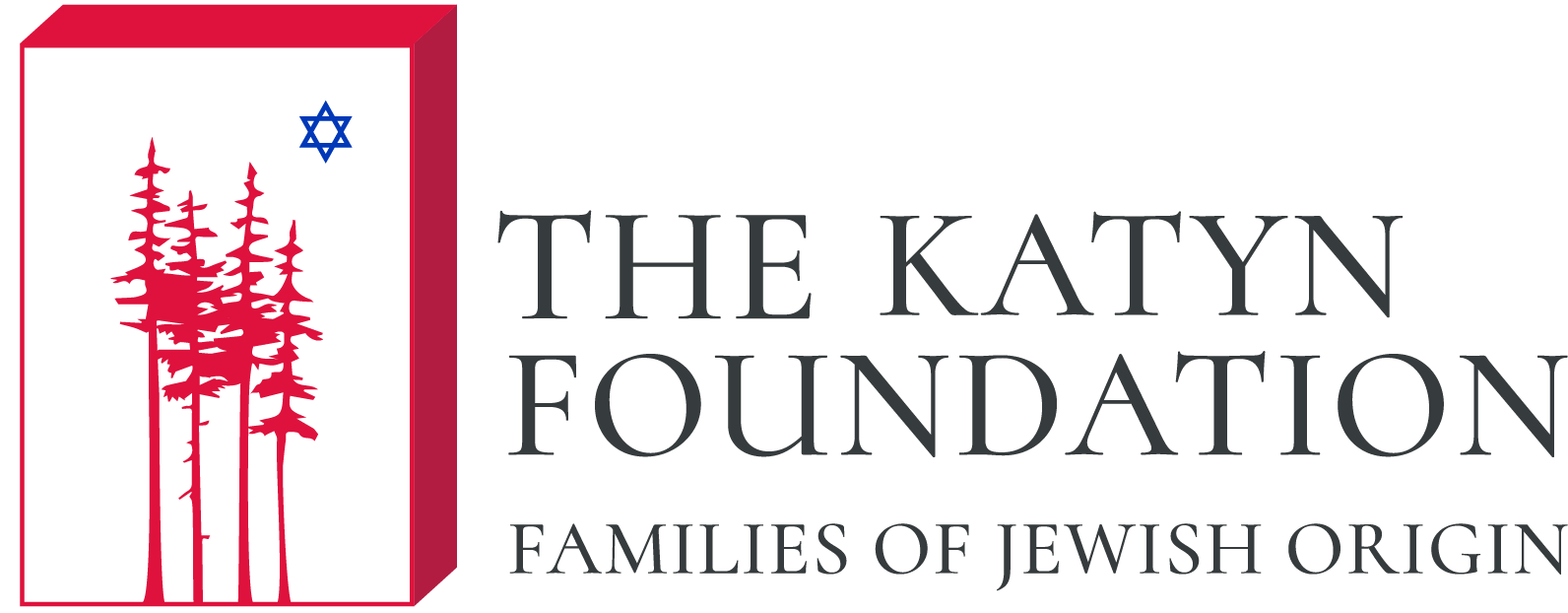Polish Jews Victims of Katyn
Among the victims of the Katyn massacre were hundreds of Polish Jews. The largest group comprised of reserve officers who had been doctors, pharmacists, engineers, or lawyers in civilian life. The most famous military figure was Baruch Steinberg, chief rabbi of the Polish Army since 1936. He was born in 1897 in Przemyślany to a rabbinical family and, as a supporter of Jozef Pilsudski, joined the Polish Military Organization and fought in the defense of Lwów during the Ukrainian-Polish War in 1919. He studied at the Jan Kazimierz University in Lwów before joining the Polish Army in 1928. He was sent from Kozielsk on a transport dated April 11 or 12, 1940 and killed in Katyn aged 42, a day or two later.
Bronislaw Młynarski later recalled in his book ‘In Soviet Captivity.’
“We walked together on Friday evenings under the decking of the meager shed, where hundreds of Jews raised fervent prayers in Hebrew, under the leadership of the chaplain Dr. Steinberg.”
One day, sometime in December, to our great joy, a card came from the Starobelsk camp, followed by another, in which he wrote that he was feeling well and asked for our pictures (he also wrote that he had my teddy bear). The third card was written in early March. It came at the same time as the returned package with photos that Mom had sent. It worried us, but Mom thought they must have been moved somewhere. At the time, it didn’t even cross our minds that he was dead by then.”
– Bronislaw Młynarski
Among the Jewish civilian victims of the Katyn massacre, it is worth recalling the name of Viktor Chajes, an independence activist, pre-war vice-president of Lwów and founder of the Jewish Museum there. Thousands of civilians were targeted by the Soviets in the eastern territories of Poland, many forming part of the local elite, and their families were deported to Kazakhstan as a form of collective punishment.
When the Germans announced in the press the discovery of mass graves in the Katyn Forest on April 13, 1943, most of the family members of the Jews shot there were already dead, murdered in ghettos and death camps, making it even more difficult to preserve the memory of these victims.
One of the few recollections of Jewish officers killed by the NKVD is an account by Professor Janina Goldhar, who lived after the war in Israel and was the daughter of a Doctor of Pharmacy, Lt. Mieczyslaw Julian Proner, who was shot in Kharkov.
“We spent those days waiting for news from Father. We received the first signal that he had survived, if I remember correctly, in October (1939 – ed. note). We were visited by one of the soldiers who served in his unit and was captured by the Soviets. The Soviets released all the soldiers but kept the officers. My mother was happy that he was detained by the Soviets, because she thought it was better for a Jew than being arrested by the Germans.
One day, sometime in December, to our great joy, a card came from the Starobelsk camp, followed by another, in which he wrote that he was feeling well and asked for our pictures (he also wrote that he had my teddy bear). The third card was written in early March. It came at the same time as the returned package with photos that Mom had sent. It worried us, but Mom thought they must have been moved somewhere. At the time, it didn’t even cross our minds that he was dead by then.”
– Goldhar J., My story, Tel-Aviv 2012, (kps), translated by. Krzysztof Bielawski
Thousands of plaques with the names of the victims have been placed in the Polish War Cemeteries in Katyn and Kharkov. Walking down the long alleys, one can read the names of Polish Jews every few steps.
